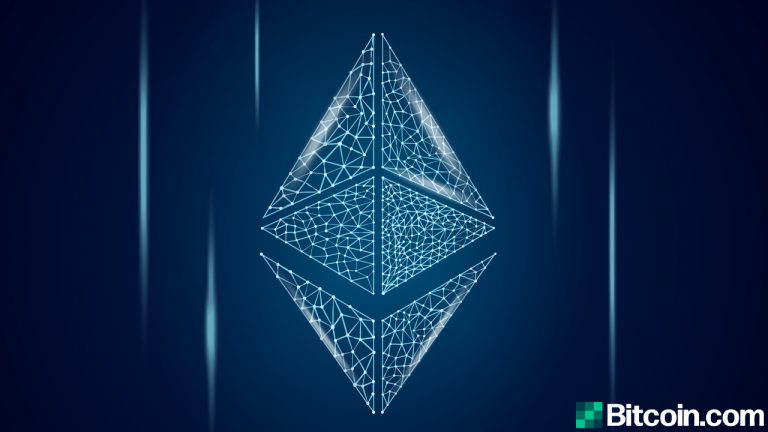
Bitcoin mining difficulty has posted another negative adjustment on Sunday, with the difficulty rate almost halving since mid-May.
Amid the ongoing crackdown on cryptocurrency mining in China, mining new Bitcoin (BTC) continues getting easier as BTC has experienced another mining difficulty drop.
On July 18, the Bitcoin network posted its fourth consecutive negative adjustment of mining difficulty, dropping 4.8%, according to data from Bitcoin explorer BTC.com.
The latest mining difficulty adjustment occurred at block 691,488, reducing the difficulty rate from 14.4 trillion to 13.7 trillion, the lowest level recorded since June 2020. The difficulty metrics have now almost halved over the past two months, after reaching over 25 trillion on May 13.

The latest Bitcoin mining adjustment follows a series of consecutive difficulty drops that started with a nearly 16% decline on May 29. Further negative adjustments continued with a 5.3% drop on June 13 and a massive 28% decline on July 3 — the biggest mining difficulty drop on the Bitcoin network.
Related: Bitcoin miner revenue jumps by 50% in 4 days since record difficulty drop
Bitcoin mining difficulty is a measure of how hard it is to mine a BTC block, with a higher difficulty requiring additional computing power to verify transactions and mine new coins. Bitcoin’s mining difficulty adjustment occurs every 2,016 blocks, or about every two weeks, as Bitcoin is programmed to self-adjust in order to maintain a target block time of 10 minutes.
Bitcoin’s continuing mining difficulty decline comes in response to the ongoing miner migration out of China caused by a major crackdown on the cryptocurrency mining by local authorities. The ongoing difficulty drop falls in parallel with declining Bitcoin hashrate as well as decreasing average BTC transaction fees.














